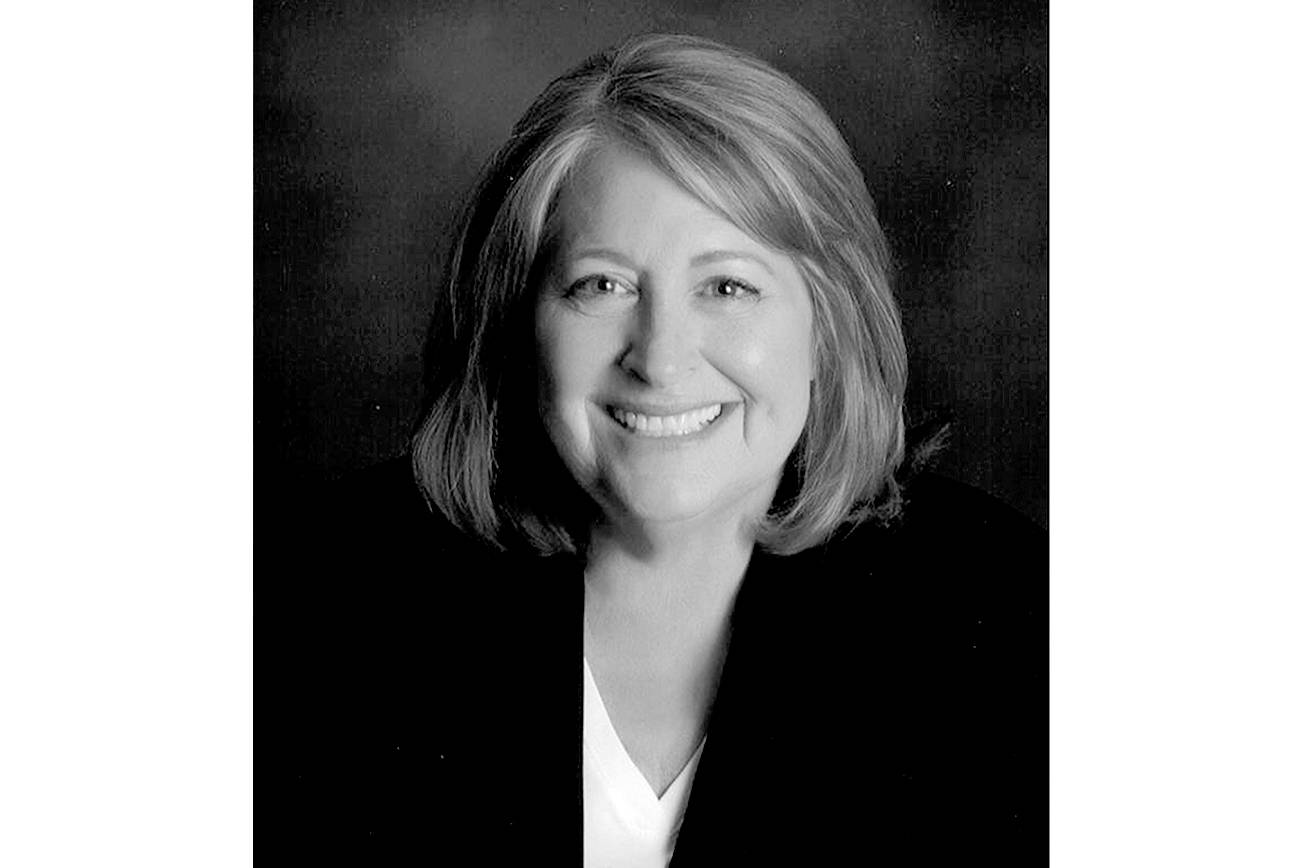Over the last few months, we have been sharing the city’s strategy to grow smart as we plan for new industries and population. Part of the focus has been on investing in infrastructure and encouraging support service industries.
Our primary focus has been on the infrastructure to fuel our community’s economic growth and provide a better future for residents. All businesses depend on infrastructure for daily operations: to get raw materials in, to deliver their goods to market, to get their employees to their place of employment, and to connect with existing and potential customers. This includes roads, water, wastewater, stormwater systems, electricity, telephone and internet.
One of our highest priorities is roadways. Roads don’t just move goods and services to market, they also connect households to higher quality opportunities for employment, health care and education. In 2015, we obtained funding for the widening of 172nd Street NE from the state legislature. This project is set to be constructed in 2021-2023. We appreciate the $39 million in state funds for the project. In June, we will be installing a temporary signal at the intersection of Highway 530 and Smokey Point Boulevard. A permanent traffic-control improvement will come later, likely a roundabout.
We have also constructed two new roads, Airport Boulevard and Arlington Valley Road, to take pressure off highly traveled roadways. We have worked with new developments to construct additional roadways to further reduce pressure, such as at 169th Street NE and 40th Avenue NE to build secondary access points through the Smokey Point commercial area; each includes trails, too.
Through our voter-approved Transportation Benefit District, we have preserved and reconstructed 42% of the initial roadways identified, with coming in 2019. We also work to ensure we have adequate capacity in our water, wastewater and stormwater systems. This work is now planned with our road improvements. This planning prevents tearing up newly repaved roads. We have also worked with Snohomish County PUD to increase electricity capacity, and with local communications companies to provide fiber optic networks in Arlington and Marysville.
We have also been working to bring new retail and dining options, as well as service industries, such as health care, child care, cleaning services, financial services and human services. The city has engaged the services of Buxton Corp. to help. High on the list is additional grocery options. This effort will not just help recruit new businesses, but will provide existing businesses with information to understand what consumers are buying and where to grow and expand their businesses.
With the establishment of the Arlington Community Resource Center and the outreach team partnership with Marysville and Snohomish County, we have increased access to human services. Just five years ago, if someone were in need in our community, they would need to visit multiple locations throughout the county. Now, with a short trip to the resource center, someone can gain access to services within hours.
Without these critical investments, job growth and the ability to provide a wide range of housing would shrink. We must continue these investments to keep our existing businesses, and attract new businesses that will employ our future generations, our grandchildren and great-grandchildren, to the great city we call home.
Barb Tolbert is the mayor of Arlington, which has a monthly column in this newspaper.


